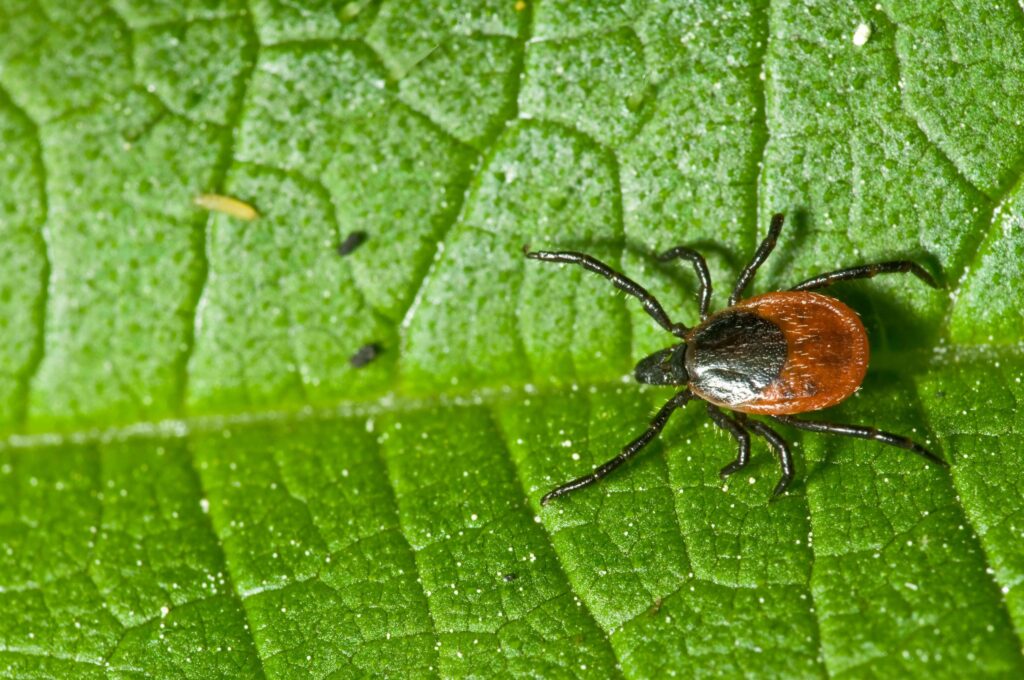What is Lyme disease?
Lyme disease is a tick-borne bacterial disease transmitted to humans through blacklegged ticks. The Northeast is one of the areas known to have a high number of ticks and therefore has a higher incidence of Lyme disease.
What are the signs and symptoms?
The most commonly known symptom is a “bull’s-eye” rash (erythema migrans). This occurs at the site of the tick bite and usually presents days after the bite. This is not always present however, and is absent in 20-30% of cases. It is also not always a bull’s-eye, but can be a uniform appearing rash. Other signs and symptoms can include:
- Fever
- Chills
- Headaches
- Muscle and joint pain (typically the knees or other load bearing joints)
- Fatigue
- Swollen lymph nodes
- Arrhythmias (palpitations or irregular heart beat)
- Meningitis
- Drooping of the face
- Shooting pain/numbness/tingling in the hands and feet (peripheral neuropathy)
There are 3 stages in Lyme disease and these symptoms may appear throughout the different stages. The stages are: acute (5-14 days after the tick bite), disseminated (can range weeks to months after the bite), and chronic (months to years after the bite).
How is Lyme diagnosed and treated?
Lyme disease is typically diagnosed by considering signs and symptoms with a known history of a tick bite. Blood tests (Elisa and western blot) are often used to help diagnose but are not always accurate depending on the stage of the disease. It is treated with antibiotics and treatment is most successful when started early in the disease process. In the best case, a full recovery is possible.
How do you prevent ticks from getting on you and what do you do if you find one?
The easiest way to prevent ticks from attaching to you is to wear clothing that covers your skin and use an insect repellent. Check yourself for ticks when you get home and inspect clothing and pets to make sure that you don’t transport the ticks into your home. If you do find a tick attached to you, use a pair of tweezers and pull steadily upwards. If any part of the tick is left under your skin after removing it, try and remove what remains.
How can physical therapy help?
Physical therapy can be an important treatment for managing the physical symptoms of Lyme disease such as muscle and joint pain, and fatigue. Physical therapists are trained in manual techniques and exercise prescription to help decrease pain, as well as improve range of motion and strength for the affected body regions. If you have Lyme disease and are suffering from these symptoms call Back in Motion® to set up a free consultation and learn how we can help!

